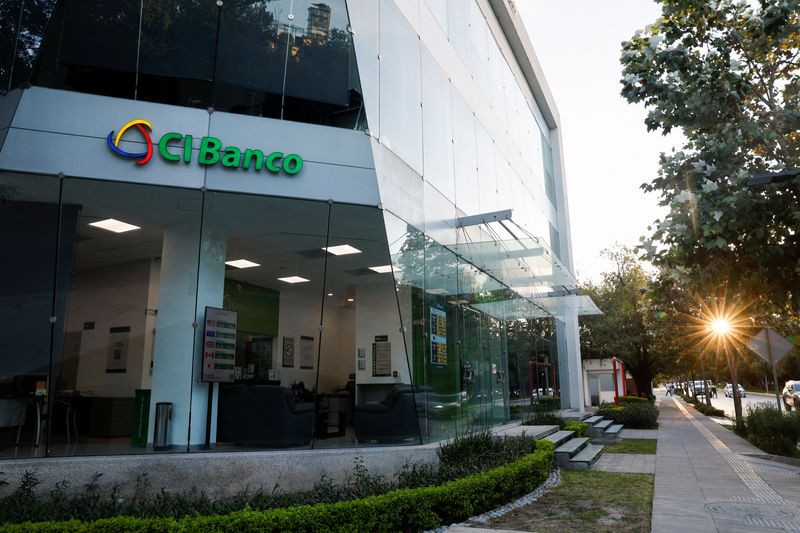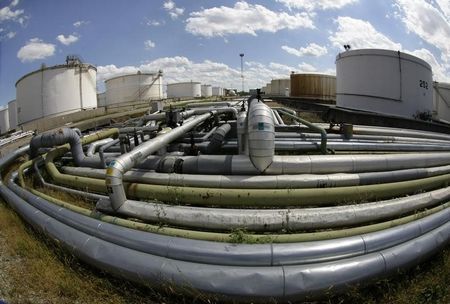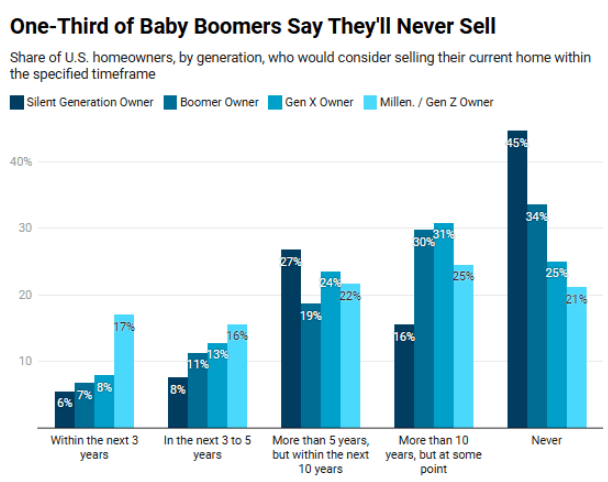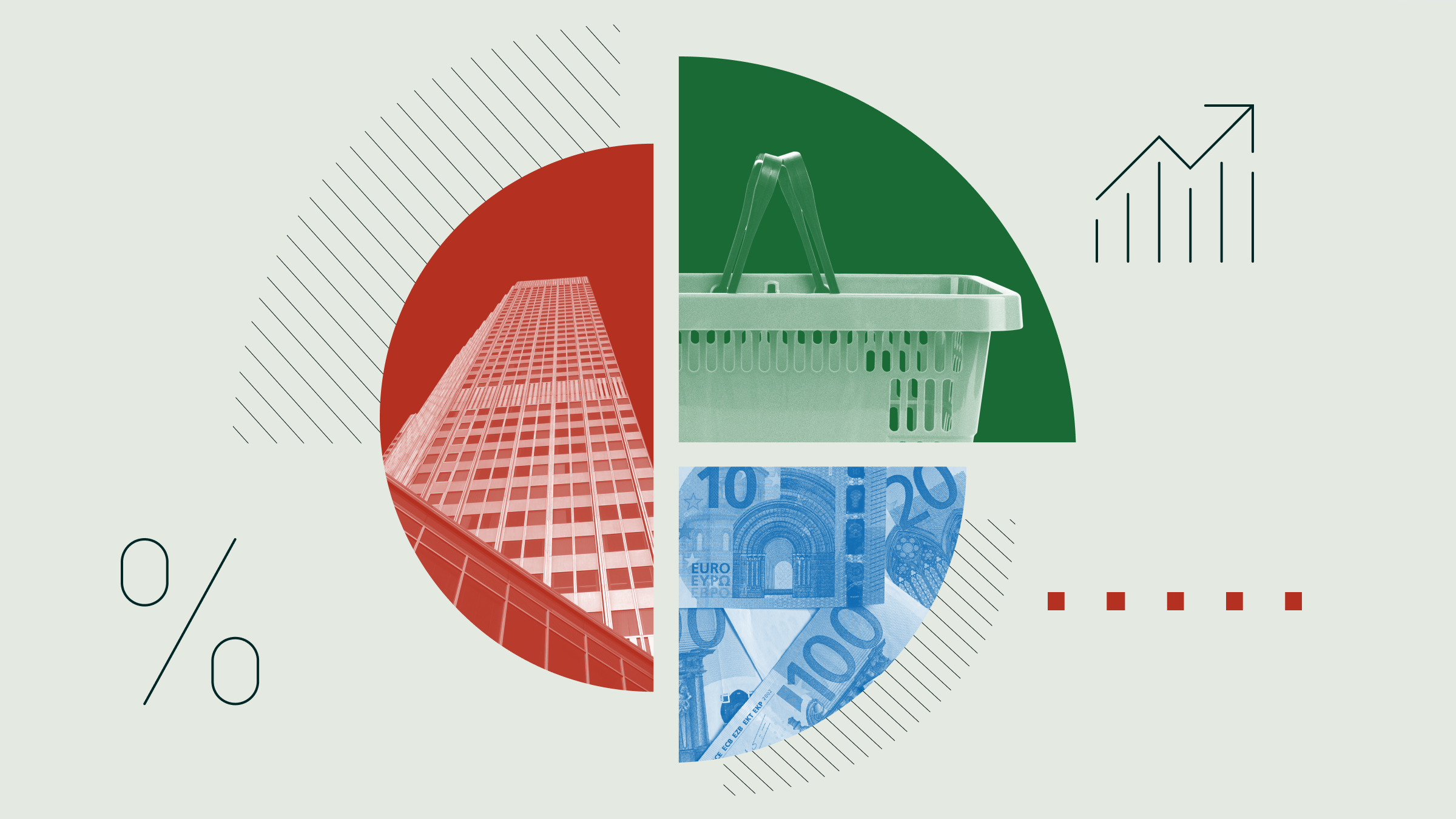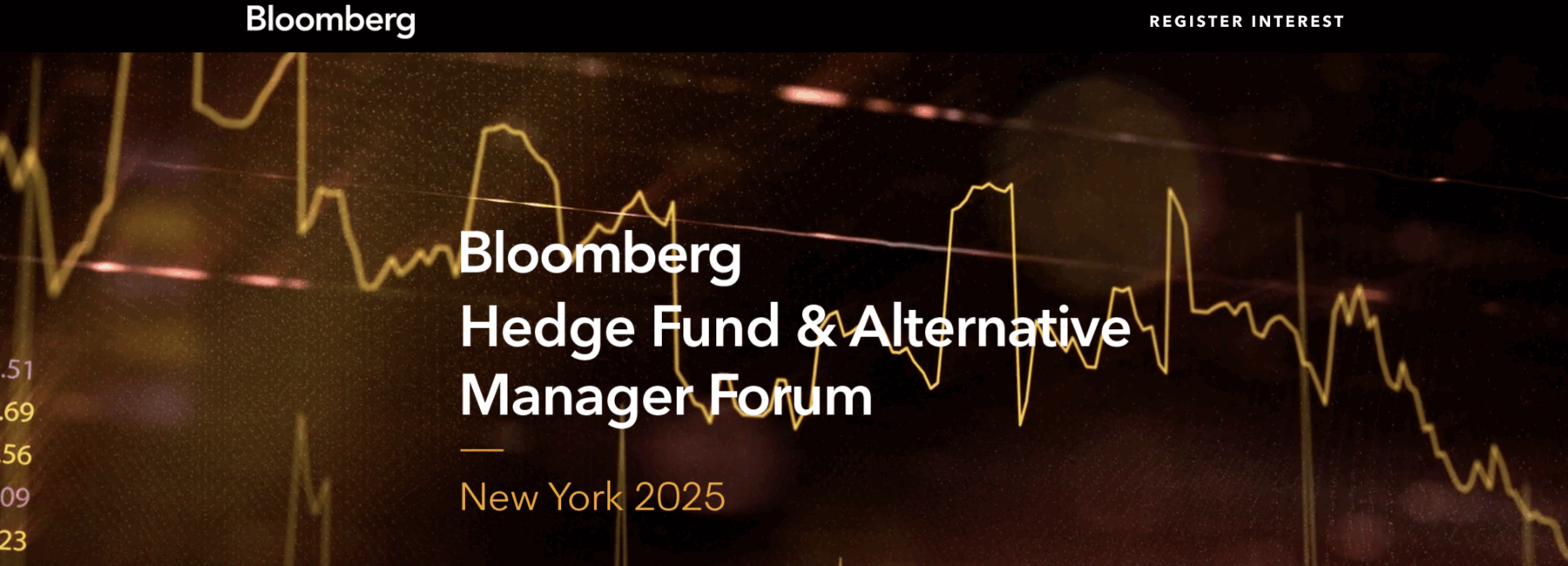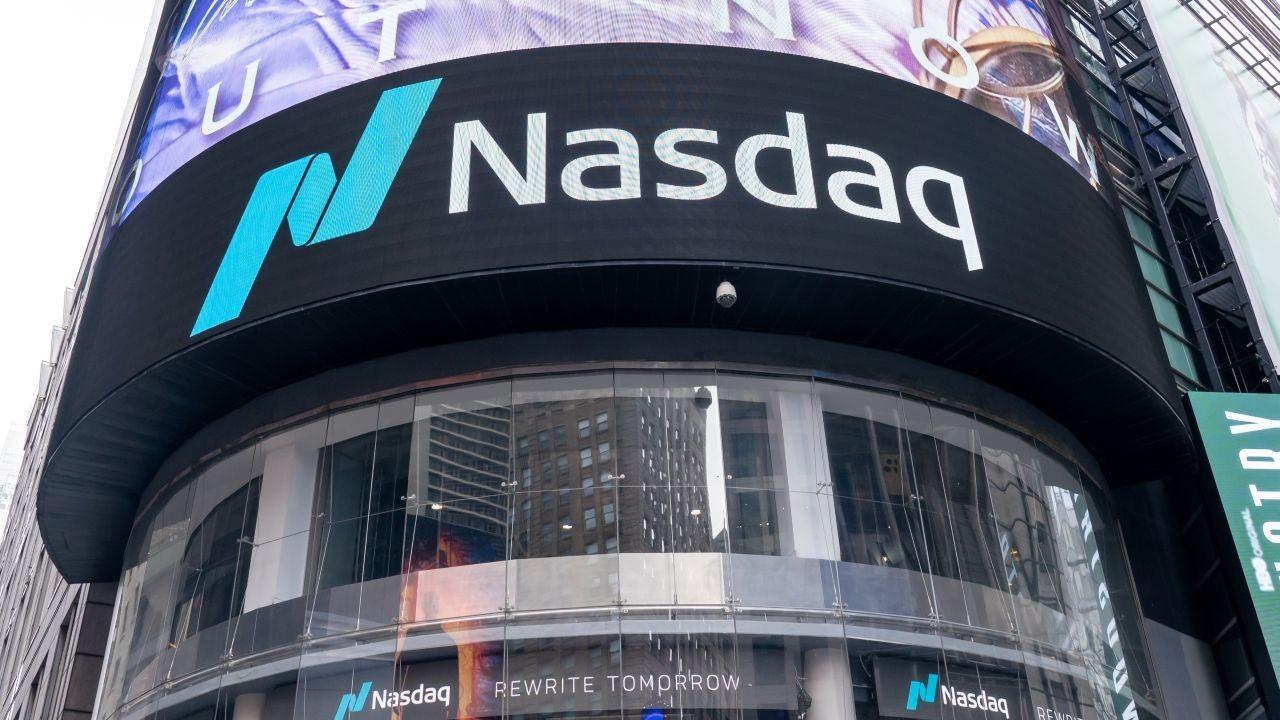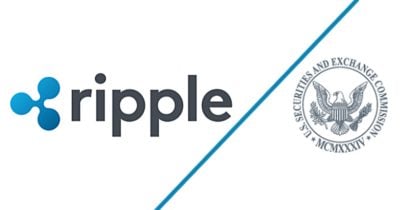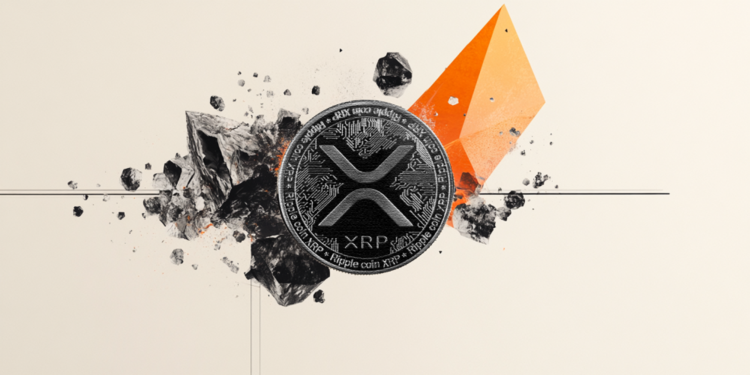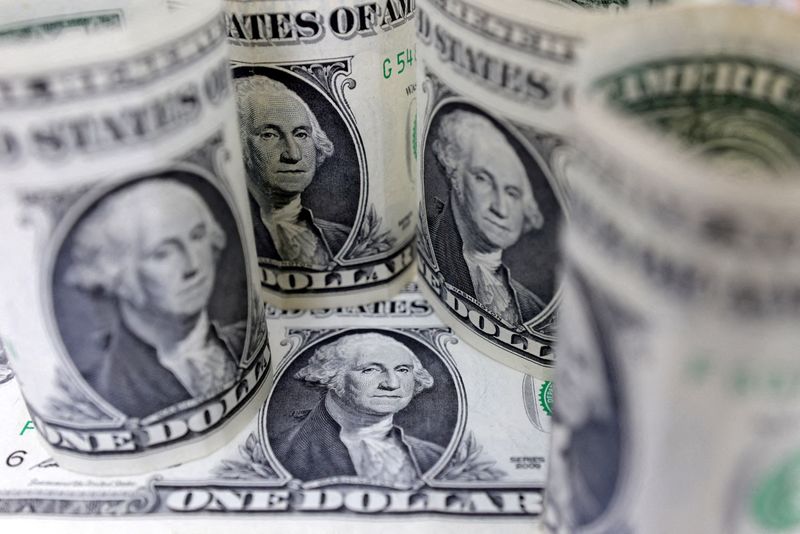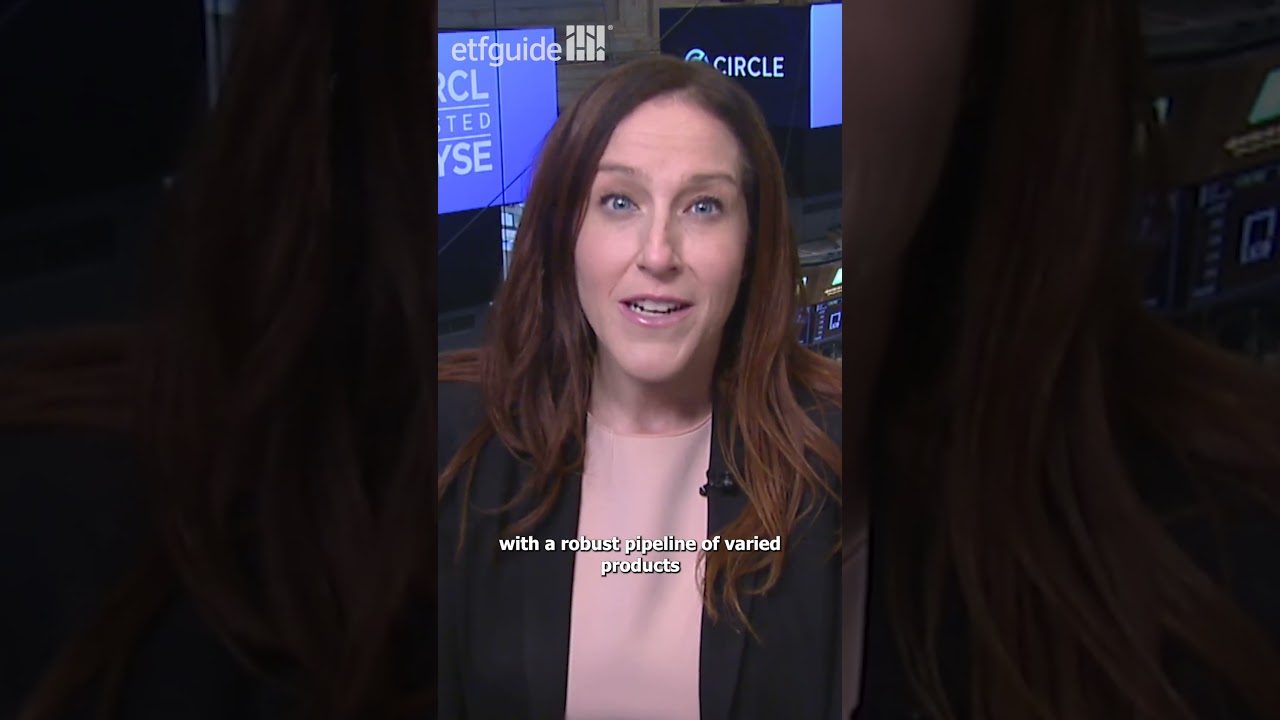I have invested in dividends for 10 years—These monthly payers keep my cash flow consistent in July
Dividend-paying stocks are a cornerstone for investors seeking consistent income and sustained wealth creation. By distributing a share of their earnings, these companies provide a dependable cash flow, appealing to retirees, income-focused portfolios, or those leveraging reinvestment for exponential growth. Data from Ned Davis Research shows dividend growers and initiators averaged 10.2% annual returns from […] The post I have invested in dividends for 10 years—These monthly payers keep my cash flow consistent in July appeared first on 24/7 Wall St..

Selecting sustainable dividend stocks requires evaluating payout ratios, financial health, and growth potential to ensure reliable cash flow and resilience against market fluctuations.
Sit back and let dividends do the heavy lifting for a simple, steady path to serious wealth creation over time. Grab a free copy of “2 Legendary High-Yield Dividend Stocks” now.
Key Points in This Article:
Dividend-paying stocks are a cornerstone for investors seeking consistent income and sustained wealth creation. By distributing a share of their earnings, these companies provide a dependable cash flow, appealing to retirees, income-focused portfolios, or those leveraging reinvestment for exponential growth.
Data from Ned Davis Research shows dividend growers and initiators averaged 10.2% annual returns from 1972 to 2022, outpacing non-dividend stocks at 4.3%, with less volatility. These stocks often counter inflation through rising payouts and offer stability in turbulent markets.
However, choosing wisely is critical — investors must assess dividend sustainability, financial health, and sector resilience to sidestep unsustainable yields.
I’ve invested in dividend stocks for over 10 years because they are compelling long-term investment options. Income-generating stocks balance reliability with growth potential, and choosing those that pay dividends monthly provides a steady income stream that can be reinvested or used to pay bills.
The three monthly dividend stocks below are among the best choices to build wealth beginning in July.
Main Street Capital (MAIN): A Resilient BDC for Steady Income
Main Street Capital (NYSE:MAIN), a business development company (BDC), stands out for its monthly dividend payments and robust investment strategy. With a market cap of $5.2 billion, MAIN provides debt and equity financing to lower-middle-market companies, diversifying across sectors like manufacturing and healthcare.
Its 2024 dividend totaled $4.11 per share, yielding approximately 5.23%, with occasional (though regular) supplemental payouts reflecting strong cash flows. MAIN’s disciplined underwriting and focus on stable, privately held businesses ensure resilience even in economic downturns. The company’s payout ratio of around 50%, supports dividend sustainability, while its 15 years of consistent payments signal reliability.
For long-term investors, MAIN’s blend of high yield, diversification, and growth in underserved markets makes it a compelling choice, though BDC-specific risks like interest rate sensitivity warrant monitoring.
STAG Industrial (STAG): Riding the E-Commerce Wave
STAG Industrial (NYSE:STAG), an industrial REIT, offers a strong case for long-term investment through its monthly dividends and exposure to the booming logistics sector. With a yield of about 4%, STAG owns over 600 warehouse and distribution properties leased to diverse tenants, including Amazon (NASDAQ:AMZN) and FedEx (NYSE:FDX), ensuring stable cash flows. Its occupancy rate of 96% and long-term, net-leased contracts minimize vacancy risks.
STAG has raised dividends annually for 13 years, supported by e-commerce-driven demand for industrial space. The REIT’s conservative payout ratio of around 70% and its strategic acquisitions in high-growth markets enhance its appeal.
For investors, STAG provides a balance of income and capital appreciation potential, though rising interest rates could pressure REIT valuations. Its alignment with secular trends like online retail makes it a solid, long-term pick.
LTC Properties (LTC): Capitalizing on Aging Demographics
LTC Properties (NYSE:LTC), a healthcare REIT, delivers reliable monthly dividends with a yield of approximately 6.6%, anchored by its focus on senior housing and skilled nursing facilities. With a $1.6 billion market cap, LTC’s portfolio of over 200 properties benefits from triple-net leases, shifting operational costs to tenants and ensuring predictable income.
The aging U.S. population — projected to include 83 million seniors by 2050 — drives demand for LTC’s assets, supporting long-term growth. Its payout ratio, near 85%, is sustainable, backed by steady cash flows and strategic property investments. LTC’s more than 20 years of consistent dividends underscore its reliability.
While healthcare REITs face risks from regulatory changes or tenant financial health, LTC’s diversified tenant base and demographic tailwinds make it an attractive long-term investment for income-focused portfolios seeking stability and growth.
Key Takeaways
MAIN, STAG, and LTC offer distinct advantages for long-term investors seeking monthly dividends.
MAIN’s diversified BDC model provides high yield and stability, ideal for income seekers. STAG capitalizes on e-commerce growth, balancing income with capital appreciation. LTC leverages demographic trends in healthcare, ensuring reliable cash flows.
Each stock carries risks. MAIN and STAG have interest rate sensitivity while LTC faces regulatory shifts. However, their sustainable payouts and strong fundamentals make them compelling for long-term wealth building.
The post I have invested in dividends for 10 years—These monthly payers keep my cash flow consistent in July appeared first on 24/7 Wall St..







